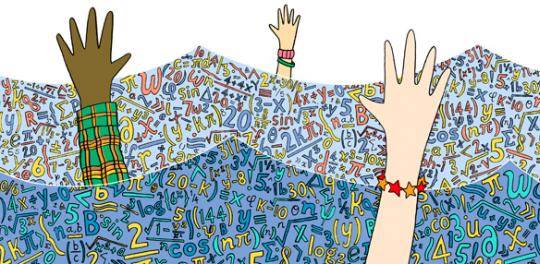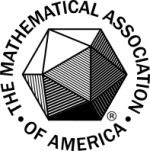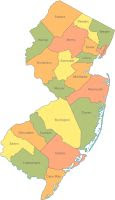The World of Undergraduate Math Competitions
by Coach Leong and Coach Monks

University of Scranton students can participate in several challenging, fun, and prestigious mathematics competitions throughout the year, both as individuals and as members of math teams coached by myself and Coach Tom Leong.
If you are interested in participating in our next competition, please contact Coach Monks or Coach Leong.
What are Math Competitions?
Math competitions offer a challenging opportunity to test your mathematical mettle and hone your problem-solving skills. University of Scranton students have regularly participated in several math competitions coached by Coach Leong and myself — the VTRMC, the Putnam, and the NJUMC.
What are the problems like?
The problems are hard, but not because they are difficult to understand, or have many parts, or require tedious calculations; the problems are hard because they require ingenuity and creative thinking. In fact, many problems are easy to state and doable with just basic college mathematics if you look at them in just the right way. On many of these math competitions, getting just one question correct — getting a non-zero score — is considered a success.
For a taste of these problems, see the links below.
Why do math competitions?
- Do it for the challenge and the fun.
- Engage in a different kind of thinking than homework problems — much more akin to higher mathematics.
- Do math in a collaborative group setting.
- Do it for the teamwork and camaraderie.
- Do it, perhaps most importantly, because the way of thinking and the problem-solving skills you pick up will make understanding more advanced mathematical ideas that much easier.
How can I participate?
For the Putnam and NJUMC, you must sign up well in advance (the Putnam takes place here at the University of Scranton). Just because you sign up, you don’t necessarily have to take the exam (we just need a list of possible participants). So if there’s even a remote chance you may take it, please sign up.
Info on Math Contests
The Putnam
The mother of all undergraduate math contests, the William Lowell Putnam Competition takes place on the first Saturday of December on our campus. In your typical year, the median score is 0 or 1 point out of a possible 120 points. Yes, the Putnam will kick your butt in $n$ different ways, where $n$ is a very large positive integer, but that’s what makes it so great and worthy of your time. Simply getting a positive score is a laudable achievement. In 2010 and 2014, our Putnam team was recognized for ranking in the top 150 out of more than 500 colleges.
NJUMC
The New Jersey Undergraduate Math Competition (NJUMC), which takes place in the spring semester, is designed to be considerably more accessible than the Putnam. The contest, which is hosted at a different Garden State university each year, consists of 15 answer-only problems followed by a team competition where groups of three students attempt six essay (i.e., proofs required) problems. The collaboration and teamwork make this a fun contest. The University of Scranton has regularly participated in the NJUMC since its inception, and has consistently placed among the top teams each time it has competed.
Other competitions
University of Scranton students can also participate in the Cumberland Valley Math Modeling Challenge (CVMMC) by contacting Dr. Graham, and the University of Scranton Integration Bee.

